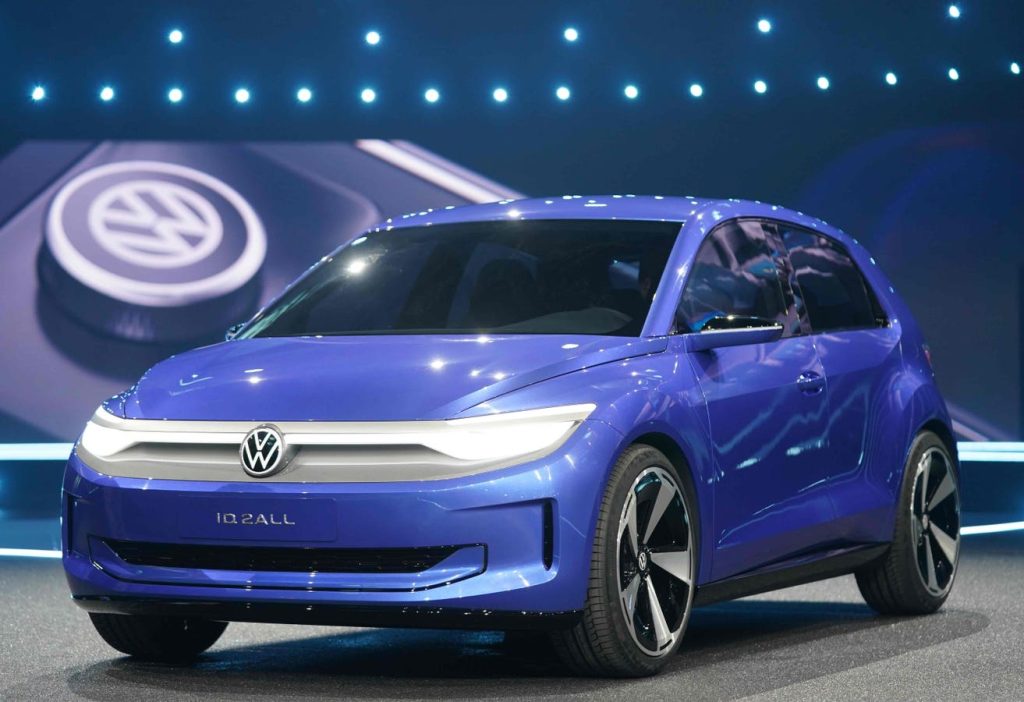According to S&P Global and the International Council on Clean Transportation (ICCT), the growth of electric vehicle (EV) sales in Europe and North America has slowed down recently. While S&P Global noted that the transition to EVs is fading, ICCT emphasized that ambitious regulations in various countries will further accelerate the adoption of zero-emission vehicles in the coming years. The shift to EVs is happening more rapidly in China compared to Europe and the US, where concerns about high prices, range anxiety, and charging infrastructure are hindering growth.
In Europe, sales of EVs have hit a pause with about 2 million units sold annually. The Western Europe EV market share stood at 14.4% during the opening third of 2024, showing a stall compared to the previous year. Automakers are banking on the introduction of new, affordable, mass-market EVs to drive future growth. However, there is a lack of such vehicles in Europe at the moment, unlike in China, where they already exist.
Despite the slowdown in EV sales, Chinese manufacturers like BYD continue to lead the global transition to zero-emission vehicles. The ICCT report indicated that Tesla and BYD are at the forefront, with improvements seen in manufacturers like Mercedes-Benz, SAIC, and Chang’an. Legacy automakers are facing challenges related to profitability from EV sales, leading to a more protracted electrification process. While China is currently ahead in EV adoption, EV penetration is declining in other major regions.
The debate around the future of battery technology is ongoing, with many experts predicting that solid-state batteries will begin to replace current EV batteries by 2030. These batteries are expected to offer lower prices, improved range, and reduced weight. However, private buyers in Europe and the US are hesitant to switch to EVs due to concerns about cost, range, charging infrastructure, and technological advancements. The average premium for an EV compared to an internal combustion engine vehicle is 24% in Europe. The roll-out of cheaper EVs is slow, with entry-level models like the VW ID.2 and Renault Twingo expected to arrive only by 2025-2026.
The slowdown in EV growth is anticipated to benefit established automakers as it provides them with more time to prepare for the transition and extend the profitability of ICE models. However, this delay may not be well-received by EU regulators who aim to enforce regulations to end the sales of all new ICE vehicles by 2035. The EU’s determination to push for EV adoption, despite challenges and competition from China, could impact the automotive industry in the region. As automakers navigate through these changes and challenges, the future of EVs and the transition to sustainable transportation remains uncertain.













